III. Growing Racial Discrimination and Inequality
The UN Committee on the Elimination of Racial Discrimination said in the Concluding observations on the combined tenth to twelfth reports of the United States of America released on Sept. 21, 2022, that the lingering legacies of colonialism and slavery continue to fuel racism and racial discrimination around the country.
In recent years, hate crimes and hate speech incidents in the United States have increased significantly, the number of race-related gun injuries and deaths has jumped substantially, and people of color and ethnic minorities continue to face systematic discrimination in medical care, education, housing and other fields, the agency said.
Racial discrimination is widespread. Racial inferiority and superiority complexes are deeply embedded in U.S. systems and have become "inextricable." Interviews with more than 3,000 African Americans showed that 82 percent of them considered racism a major problem for African descendants in the United States, while 79 percent reported having experienced discrimination because of their race or ethnicity, and 68 percent said racial discrimination is the main reason why many Black people can't get ahead, CNN reported on Aug. 30, 2022. According to a survey published by the Ipsos group on March 29, 2022, 65 percent of the Latino Americans surveyed reported having experienced racist comments in the past year. According to a report released by the U.S. National Asian Pacific American Women's Forum on March 30, 2022, 74 percent of Asian American, Native Hawaiian, and Pacific Islander women reported experiencing racism and/or discrimination over the past 12 months, with 53 percent reporting the perpetrator was a stranger and 47 percent reporting the incidents took place in public places such as restaurants and shopping centers.
Racial hate crimes remain high. Fifteen major U.S. cities saw a double-digit growth in hate crimes between 2020 and 2021, and an increase of about 5 percent in bias-motivated incidents till August 2022, according to a study by the Center for the Study of Hate and Extremism at California State University, San Bernardino. In an article titled "Hate crime reports surge" published on Oct. 21, 2022, the Chicago Sun-Times reported that as of Oct. 18 that year, the Chicago Police Department had received reports of 120 hate crimes. On May 14, 2022, Payton Gendron, a 19-year-old White gunman, killed 10 African Americans and wounded three others in a racist massacre at a supermarket in Buffalo, New York. The killer also videotaped the attack for live streaming. According to a report published in February 2023 by the Anti-Defamation League based in the United States, the number of U.S. mass killings spiked over the past decade, and all extremist killings identified in 2022 were linked to right-wing extremism, with an especially high number linked to white supremacy. "It is not an exaggeration to say that we live in an age of extremist mass killings."
Rampant hate crimes against Asian Americans. A report issued by the non-profit organization Stop AAPI Hate shows that it received reports of nearly 11,500 hate incidents between March 19, 2020, and March 31, 2022. An online poll by the research firm AAPI Data found that one in six Asian Americans nationwide experienced race-based violence in 2021, the Los Angeles Times reported on March 22, 2022. The New York Times reported on March 14, 2022 that a 28-year-old man was charged with hate crimes in connection with a two-hour spree of attacks on seven women of Asian descent in Manhattan, and four Asian New Yorkers had died in recent months after being attacked. CNN reported on Nov. 30, 2022 that in Yonkers, a man punched an elderly Asian woman more than 100 times, hurled racist abuse at her, stomped on her body repeatedly and spat on her. The Houston Public Media reported on Aug. 22, 2022 multiple attacks on people of Asian descent in San Francisco. One of the victims, Amy Li, said that she still sees the offender in her neighborhood almost every day. "I've reported this case to the police and haven't heard anything ... Every day my son and I live in fear."
Fifty-seven percent of Asian Americans said they often or sometimes felt unsafe in public places because of their race or ethnicity, 81 percent of the group agreed that violence against the Asian American community was on the rise, and 73 percent said violence posed more of a threat now than it did before the pandemic, according to a report published on the medical magazine Health Affairs on April 12, 2022. According to the testimony of Erika Lee, regents professor of History and Asian American Studies at the University of Minnesota on Discrimination and Violence Against Asian Americans before a U.S. congressional hearing, "As shocking as these incidents are, it is vital to understand that they are not random acts perpetrated by deranged individuals. They are an expression of our country's long history of systemic racism and racial violence targeting Asian Americans and Pacific Islanders."
Entrenched racial discrimination in law enforcement and justice. A concluding report of the International Convention on the Elimination of All Forms of Racial Discrimination revealed that it still widely persists in the United States that law enforcement officials use excessive violence against people of color and minority groups and get impunity. Statistics from the Mapping Police Violence website show that in police killings between 2013 and 2022, Black Americans were 2.78 times more likely to be killed by police than white people, and unarmed Black Americans were 1.3 times more likely to be killed by police than whites. In Boston, Minneapolis and Chicago, Blacks are over 20 times more likely than whites to be killed by police. Citing a report from the National Registry of Exonerations, National Public Radio (NPR) reported on Sept. 27, 2022 that Black people represent under 14 percent of the U.S. population, but they account for 53 percent of those who were falsely convicted of a serious crime and then freed after serving at least part of their sentence. Black Americans are about seven times more likely than white people to be wrongfully convicted of three major crimes, and Black people were 19 times more likely to be wrongfully convicted of drug crimes, it added. The criminal justice system permeated with racism "is increasingly serving as a major gateway to a much larger system of stigmatization and long-term marginalization," noted the book published by the National Academies Press, The growth of incarceration in the United States: Exploring causes and consequences.
Widening racial wealth gap. Workers of color have long been forced to do literally "dirty laundry" due to the racist barriers they face in employment. CNN reported on Aug. 30, 2022 that two-thirds of Black Americans said that the recent increased focus on race and racial inequality in the United States had not led to changes that are improving the lives of Black people. A recent long-term study, co-released by researchers from Princeton University and University of Bonn, found that the racial wealth gap is the largest of the economic disparities between Black and white Americans, with a white-to-Black per capita wealth ratio of 6 to 1. The racial wealth convergence between Blacks and whites after the abolition of slavery followed an even slower path and then had stalled by the 1950s. Since the 1980s, the wealth gap has widened again as capital gains have predominantly benefited white households. In 2021, 19.5 percent of Black people living in the United States were living below the poverty line, compared to 8.2 percent of white people, Statista Research Department said in a report on Sept. 30, 2022. More than half of Black and Latino households and over two-thirds of Native American ones reported the recent price increases driven by inflation had caused them serious financial problems, according to a national poll jointly released by NPR, the Robert Wood Johnson Foundation and the Harvard T.H. Chan School of Public Health on Aug. 8, 2022. The impact of inflation on Black Americans is "extremely devastating," said professor William Darity Jr. at Duke University. "People will have to make very, very hard decisions about whether or not to purchase medicines or buy food or forgo payment of their utilities."
Discrimination in housing policies. The UN Committee on the Elimination of Racial Discrimination said in its concluding observations that there is a high degree of residential racial segregation, persistent policy and legal discrimination in access to housing on the grounds of race, color and national or ethnic origin. The gap between white and Black homeownership rates in the United States is at its widest in 120 years, according to a BBC report on July 10, 2022. Some 19.4 percent of Black applicants were denied a mortgage in 2021, compared with 10.8 percent of white applicants, according to the property firm Zillow. For many Black homeowners, interest rates are already often higher than their white counterparts regardless of income, The Hill quoted a 2021 Harvard University study as saying on Aug. 28, 2022. Just 45.3 percent of Black households and 48.3 percent of Hispanic households owned their homes during the second quarter of 2022, compared to 74.6 percent of white households, it added.
Severe racial inequality in health services. The UN Committee on the Elimination of Racial Discrimination said in its concluding observations that racial and ethnic minorities are disproportionately affected by higher rates of maternal mortality and morbidity. Ethnic and racial disparities in maternal mortality rate increased significantly. The rate rose markedly for non-Hispanic Black women in 2020, 2.9 times as non-Hispanic white women, according to a report published by National Center for Health Statistics on Feb. 23, 2022. Study showed racial and ethnic disparities persist in outpatient COVID-19 treatment among Black, Hispanic and Native American patients, according to the U.S. Centers for Disease Control and Prevention (CDC) report published on Oct. 28, 2022. The COVID-19 pandemic has caused disproportionate impact on racial and ethnic minority groups, it said. Inequitable health services affect minority patients' right to life. Hispanic populations in California lost 5.7 years of life expectancy between 2019 and 2021. Black populations lost 3.8 years, and Asian populations lost 3 years, while white populations lost 1.9 years, according to a study by Princeton School of Public and International Affairs published on July 7, 2022.
American Indians have not seen their misery alleviated. "The first root of America was the colonial genocide of its indigenous peoples. This root remains a fundamental pillar of American society and permeates American culture." The U.S. Department of Interior released the first part of the Federal Indian Boarding School Initiative on May 11, 2022. It admits past efforts by the federal government to assimilate Native American children into white American society by separating them from their families and stripping them of their languages and cultures.
The review notes that from 1819 to 1969, there were 408 federal schools in 37 states. Children and teenagers at these schools were subject to systematic militarized and identity-alteration methodologies by the federal government, including getting English names, haircuts, and being banned from using their native languages and exercising their religions. The initial investigation found that 19 boarding schools accounted for the deaths of more than 500 American Indian, Alaska Native, and Native Hawaiian children. The number of recorded deaths is expected to increase to tens of thousands as the investigation gets underway.
It was a genocide, said Marsha Small, a northern Cheyenne researcher.
Donald Neconie, a Native American tribal elder who was once student at a government-backed Indian boarding school, testified about the hardships he endured, including beatings, whippings, sexual assaults, forced haircuts and painful nicknames. Neconie recalled being beaten if he spoke his native Kiowa language, "Every time I tried to talk Kiowa, they put lye in my mouth." "It was 12 years of hell," he said. "I will never, ever forgive this school for what they did to me."
Misery that American Indians endured historically persists through today. Minority households reported the price increases driven by inflation had caused them "serious financial problems." It's even higher among Native Americans, with that number rising to more than two-thirds of those surveyed, according to an NPR report on Aug. 8, 2022.
A U.S. CDC report analyzed maternal deaths for American Indian and Alaska Native people who are more than twice as likely as white mothers to die of pregnancy-related causes but often undercounted in health data due to misclassification, according to a report released by USA Today on Sept. 19, 2022. More than 90 percent of indigenous mothers' deaths were preventable, according to the analysis. "In both African American and Native Americans, we see this historic and unfortunate, constant disparity in outcomes," said Dr Andrea Jackson, division chief of obstetrics and gynecology at the University of California, San Francisco.












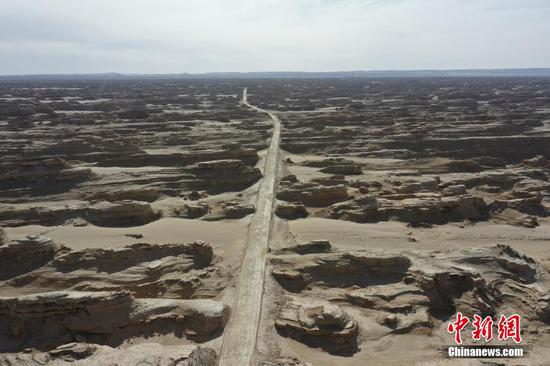




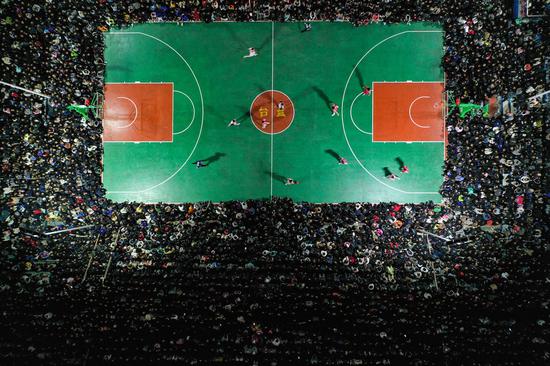








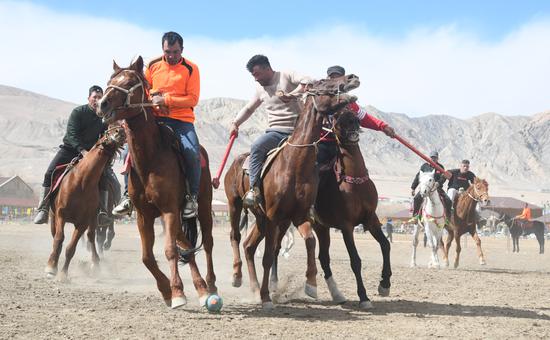
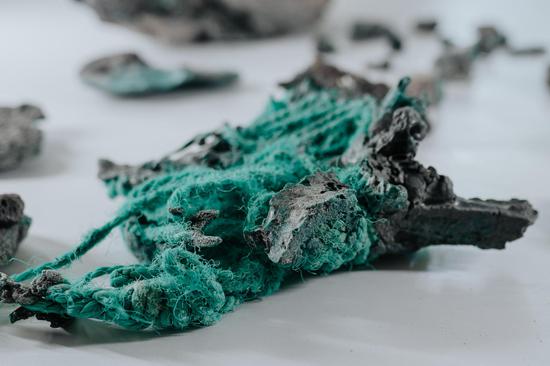



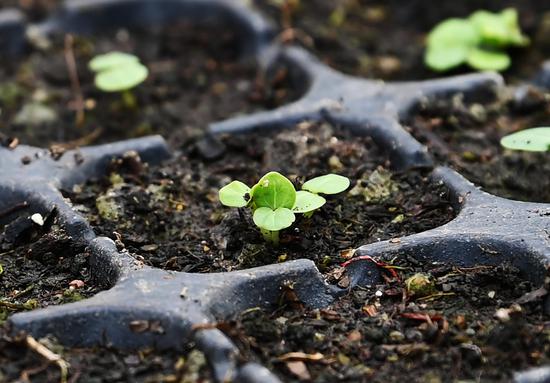

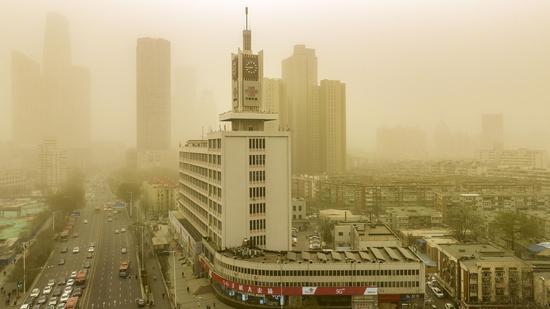

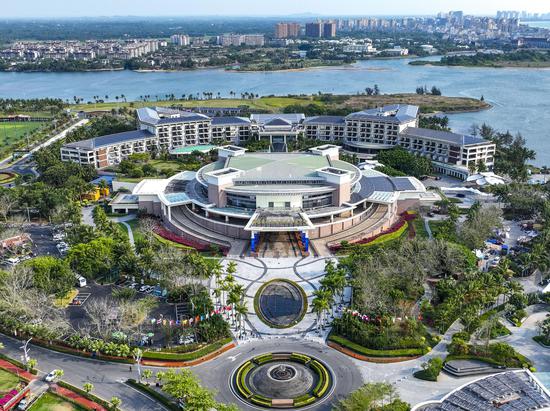






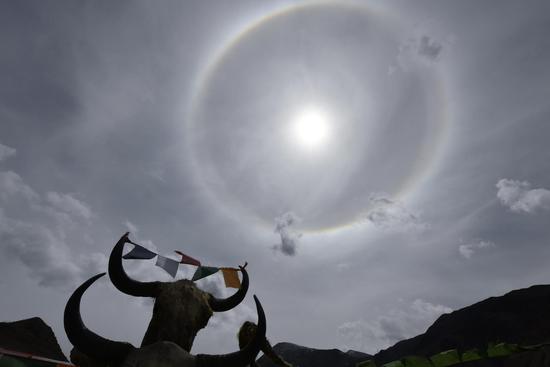







 京公网安备 11010202009201号
京公网安备 11010202009201号